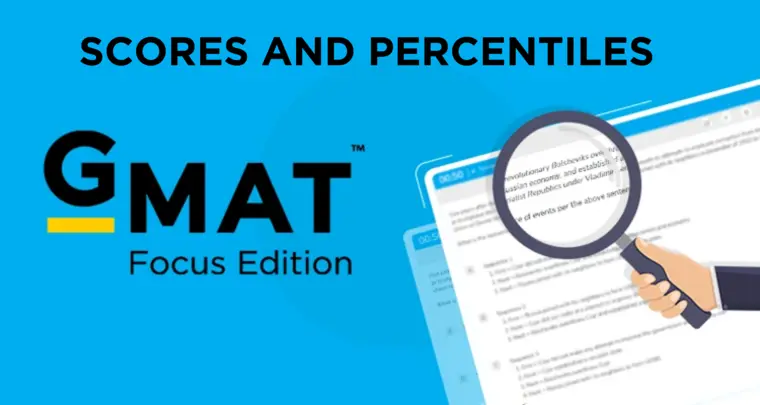Question: A positive integer is divisible by 3 if and only if the sum of its digits is divisible by 3. If the six-digit integer is divisible by 3, and n is of the form 1k2, k24, where k represents a digit that occurs twice, how many values could k have?
Options:
- A. 2
- B. 3
- C. 4
- D. 5
- E. 10
2. Solution Section:
Solution:
- Translate the problem requirements: We have a six-digit number in the form 1k2k24 where k appears twice as the 2nd and 4th digits. We need to find how many single-digit values of k (0-9) make this number divisible by 3.
- Set up the digit sum formula: Since divisibility by 3 depends on the sum of digits being divisible by 3, calculate the sum: 1 + k + 2 + k + 2 + 4 = 9 + 2k
- Apply the divisibility condition: For the number to be divisible by 3, we need (9 + 2k) to be divisible by 3. Since 9 is already divisible by 3, we need 2k to be divisible by 3.
- Find valid values of k: Since 2k must be divisible by 3, and gcd(2,3) = 1, we need k itself to be divisible by 3. Test k = 0, 3, 6, 9 to verify they work.
Execution of Strategic Approach
- Translate the problem requirements Let’s start by understanding what we’re given. We have a six-digit number that looks like 1k2k24, where k is some digit that appears in both the 2nd and 4th positions.
For example, if k = 5, our number would be 152524. If k = 0, our number would be 102024.
The question asks: how many different values can k have so that this six-digit number is divisible by 3? Since k is a digit, it can be any whole number from 0 to 9.
Process Skill: TRANSLATE – Converting the abstract form 1k2k24 into concrete examples helps us visualize what we’re working with.
- Set up the digit sum formula Now we use the key rule given in the problem: a number is divisible by 3 if and only if the sum of its digits is divisible by 3.
Let’s add up all the digits in our number 1k2k24: • First digit: 1 • Second digit: k • Third digit: 2 • Fourth digit: k • Fifth digit: 2 • Sixth digit: 4
Total sum = 1 + k + 2 + k + 2 + 4 Let’s simplify this step by step: 1 + 2 + 2 + 4 = 9 k + k = 2k
So our total sum = 9 + 2k
- Apply the divisibility condition For our six-digit number to be divisible by 3, the sum (9 + 2k) must be divisible by 3.
Here’s the key insight: since 9 is already divisible by 3 (because 9 ÷ 3 = 3 exactly), we need 2k to also be divisible by 3 for the entire sum to be divisible by 3.
So our question becomes: when is 2k divisible by 3?
Process Skill: INFER – Recognizing that since 9 is divisible by 3, we only need to focus on when 2k is divisible by 3.
- Find valid values of k For 2k to be divisible by 3, we need to think about what values of k work.
Since 2 and 3 share no common factors (2 and 3 are coprime), the only way for 2k to be divisible by 3 is if k itself is divisible by 3.
Let’s check each possible value of k from 0 to 9: • k = 0: Is 0 divisible by 3? Yes (0 ÷ 3 = 0) ✓ • k = 1: Is 1 divisible by 3? No ✗ • k = 2: Is 2 divisible by 3? No ✗ • k = 3: Is 3 divisible by 3? Yes (3 ÷ 3 = 1) ✓ • k = 4: Is 4 divisible by 3? No ✗ • k = 5: Is 5 divisible by 3? No ✗ • k = 6: Is 6 divisible by 3? Yes (6 ÷ 3 = 2) ✓ • k = 7: Is 7 divisible by 3? No ✗ • k = 8: Is 8 divisible by 3? No ✗ • k = 9: Is 9 divisible by 3? Yes (9 ÷ 3 = 3) ✓
Let’s verify with one example: if k = 6, our number is 162624, and the digit sum is 9 + 2(6) = 9 + 12 = 21. Since 21 ÷ 3 = 7, this works!
Process Skill: CONSIDER ALL CASES – Systematically checking each possible value of k ensures we don’t miss any valid options.
- Final Answer We found that k can have 4 different values: 0, 3, 6, and 9.
Therefore, the answer is C. 4.
Common Faltering Points
Errors while devising the approach
Faltering Point 1: Misinterpreting the notation 1k2k24 Students may struggle to understand that k represents the same digit appearing in both the 2nd and 4th positions. They might think k can be different values in each position, leading them to set up the problem incorrectly as finding values for two different variables instead of one repeated digit.
Faltering Point 2: Forgetting the constraint that k must be a single digit Students may overlook that k is explicitly described as “a digit” and therefore must be between 0 and 9 inclusive. This constraint is crucial for determining the final count of valid values.
Faltering Point 3: Misapplying the divisibility rule Students might confuse the divisibility by 3 rule with other divisibility rules (like divisibility by 9) or incorrectly remember it as requiring the sum to equal 3 rather than be divisible by 3.
Errors while executing the approach
Faltering Point 1: Arithmetic errors when calculating the digit sum Students may make simple addition mistakes when computing 1 + k + 2 + k + 2 + 4 = 9 + 2k, potentially getting the wrong constant term or coefficient for k.
Faltering Point 2: Incorrectly determining when 2k is divisible by 3 Students might not recognize that since gcd(2,3) = 1, the expression 2k is divisible by 3 if and only if k is divisible by 3. They may try to solve 2k ≡ 0 (mod 3) incorrectly, perhaps thinking k must equal specific values like 1.5.
Faltering Point 3: Missing valid values of k during systematic checking When checking k = 0 through k = 9, students might skip k = 0 thinking it’s not a valid digit for the middle positions, or make individual divisibility errors (like thinking 6 is not divisible by 3).
Errors while selecting the answer
Faltering Point 1: Counting the actual values instead of the count Students might list the valid values (0, 3, 6, 9) but then select an answer choice that matches one of these values rather than counting that there are 4 valid values total.














